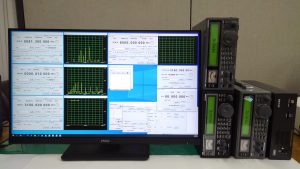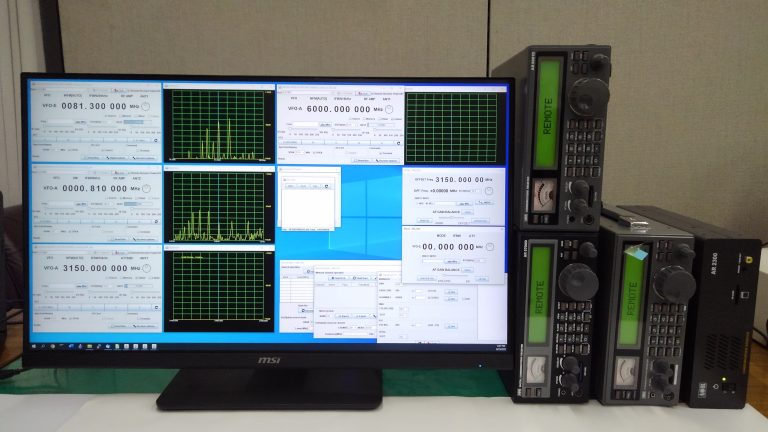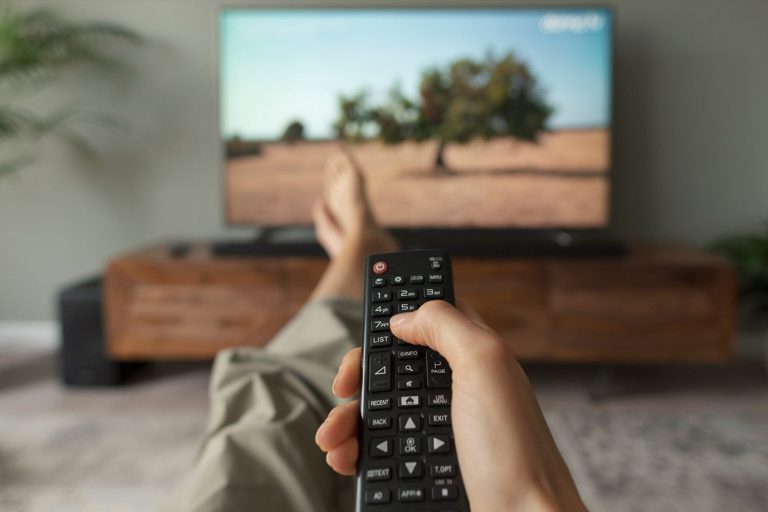In the world of eye care, precision and attention to detail are paramount. Among the array of tools at an optometrist’s disposal, the pupil gauge stands out as a critical instrument for assessing ocular health and function. To achieve optimal results, optometrists adhere to specific protocols when utilizing the pupil gauge. Let’s delve into these insider insights and explore the protocols that ensure the delivery of high-quality eye care.
Standardized Measurement Techniques
Consistency is key when measuring pupil size and reactivity. Optometrists follow standardized techniques when using the pupil gauge to ensure accurate and reliable results. This includes positioning the gauge perpendicular to the patient’s line of sight, maintaining consistent lighting conditions, and recording measurements in millimeters. By adhering to these protocols, optometrists minimize variability and obtain precise data for diagnostic interpretation.
Comprehensive Assessment Protocols
Incorporating pupil gauge measurements into comprehensive eye exams is essential for thorough ocular assessment. Optometrists integrate pupil evaluations seamlessly into their examination protocols, alongside visual acuity testing, intraocular pressure measurements, and fundoscopic evaluations. This comprehensive approach allows optometrists to gather a complete picture of ocular health and identify any abnormalities or concerns that may require further investigation.
Differential Diagnosis Considerations
When interpreting pupil gauge measurements, optometrists consider a wide range of differential diagnoses. Anisocoria, or unequal pupil size, may be indicative of various underlying conditions, including Horner’s syndrome, Adie’s tonic pupil, or third nerve palsy. Optometrists meticulously evaluate pupil size, symmetry, and reactivity to narrow down potential diagnoses and formulate appropriate management plans tailored to each patient’s unique needs.
Integration with Technology
While manual pupil gauges remain a staple in optometric practice, technological advancements have introduced innovative tools to augment pupil assessment. Automated pupillometers offer objective and rapid measurements, enhancing diagnostic accuracy and efficiency. Optometrists seamlessly integrate these technologies into their practice, leveraging their capabilities to streamline assessments and deliver optimal eye care.
Patient Education and Engagement
Beyond measurement and diagnosis, optometrists prioritize patient education and engagement when utilizing the pupil gauge. They take the time to explain the significance of pupil assessments in simple terms, empowering patients to understand their ocular health and participate actively in their care. This collaborative approach fosters trust, encourages compliance with treatment recommendations, and ultimately leads to improved outcomes for patients.
Conclusion: Elevating Eye Care Standards
Incorporating pupil gauge protocols into optometric practice is essential for delivering high-quality eye care. By adhering to standardized measurement techniques, integrating assessments into comprehensive eye exams, considering a broad range of differential diagnoses, leveraging technology, and prioritizing patient education, optometrists ensure that every aspect of pupil evaluation contributes to optimal patient outcomes. These insider insights underscore the commitment of optometrists to elevate eye care standards and provide the best possible experience for their patients.













+ There are no comments
Add yours